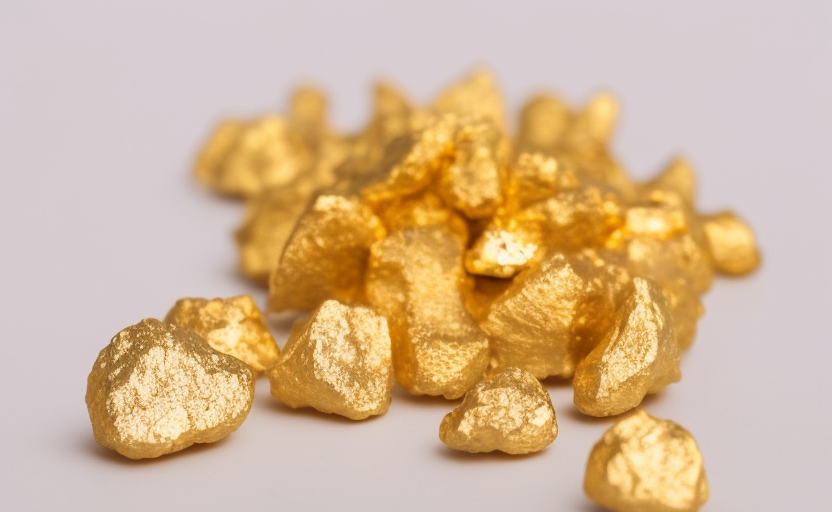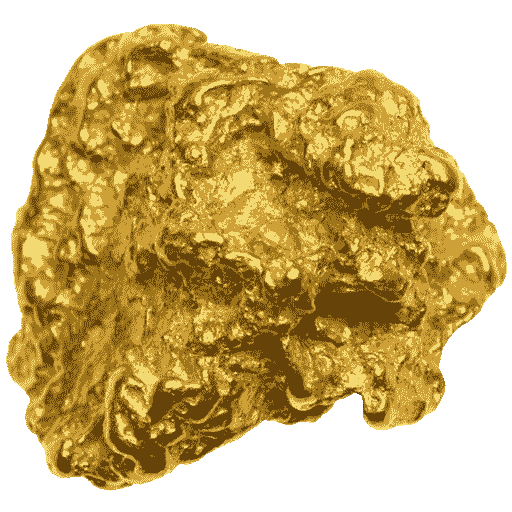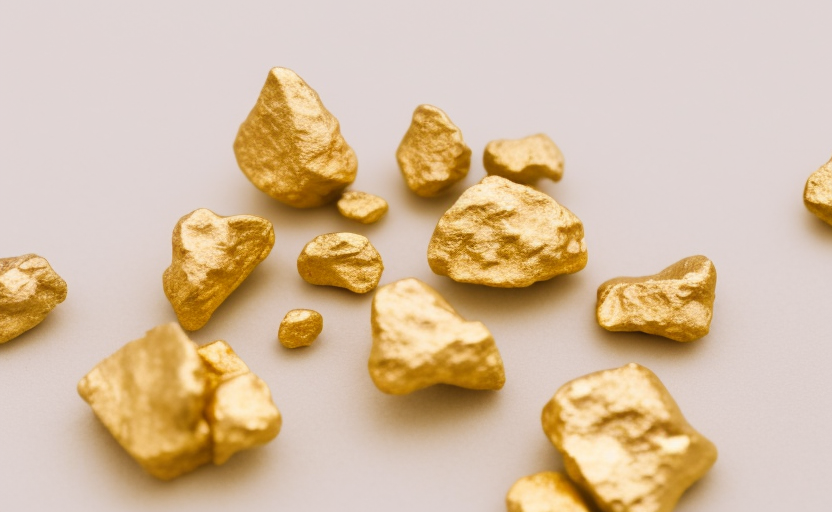Ontario, Canada, renowned for its picturesque landscapes and abundant natural resources, boasts a rich and fascinating gold mining history. From the early days of prospectors and gold rushes to the development of modern mining operations, Ontario has played a significant role in Canada’s gold industry. This article takes you on a journey through time, uncovering the hidden treasures and stories that lie within Ontario’s gold mining history.
The history of gold mining in Ontario can be traced back to the mid-19th century when the first discoveries of gold sparked excitement and attracted waves of eager prospectors from around the world. These intrepid adventurers ventured into the wild and rugged landscapes of Northern Ontario, armed with gold pans, pickaxes, and dreams of striking it rich.
One of the most iconic gold mining regions in Ontario is the prolific Red Lake area. In 1925, the discovery of gold in Red Lake triggered a rush of prospectors, leading to the development of numerous mines. The Red Lake Mine, operated by Goldcorp (now part of Newmont Corporation), has become one of the largest and most successful gold mines in the country. Over the years, it has produced millions of ounces of gold and continues to be a major contributor to Ontario’s gold production.
Beyond Red Lake, Ontario is dotted with numerous gold mines and mining camps that have left their mark on the province’s history. The Timmins Gold Camp, discovered in 1909, became one of the most significant gold-producing areas in North America. The iconic Hollinger Mine, along with other mines in the region, helped establish Timmins as a prominent mining town and bolstered Ontario’s reputation as a gold-rich province.
In addition to these well-known mining areas, Ontario is also home to several historic gold mining towns, each with its own unique stories and heritage. Kirkland Lake, for example, was once a bustling mining community that flourished during the gold rush era. The town’s flagship mine, the Macassa Mine, operated by Kirkland Lake Gold, has been in continuous production since 1933 and remains one of Canada’s highest-grade gold mines.
As the gold mining industry in Ontario evolved, so did the techniques and technologies used in extraction. Early prospectors relied on simple tools like gold pans and sluice boxes to separate gold from gravel and sediment. As mining operations grew more sophisticated, heavy machinery such as stamp mills and rock crushers were introduced to extract gold from deeper underground deposits. Today, advanced technologies, including underground mining methods, drill rigs, and automated processing plants, are employed to extract gold efficiently and safely.
While the historical gold rushes have long since passed, Ontario’s gold mining industry continues to thrive. The province’s geology and mineral-rich landscapes provide ample opportunities for exploration and new discoveries. Mining companies, both large and small, are actively exploring various regions of Ontario, utilizing modern geological survey methods and advanced exploration techniques to identify potential gold deposits.
Moreover, Ontario’s gold mining industry contributes significantly to the province’s economy. It provides employment opportunities, supports local businesses, and generates government revenues through taxes and royalties. The revenue generated from gold mining activities also helps fund essential infrastructure projects and community development initiatives in mining regions.
In recent years, there has been a growing interest in sustainable and responsible mining practices. Ontario’s gold mining industry has made significant strides in this regard, adopting stringent environmental regulations, implementing innovative technologies to reduce the industry’s ecological footprint, and engaging in community consultation and collaboration.
As we delve into Ontario’s gold mining history, it’s important to recognize the contributions and challenges faced by the Indigenous communities in the region. Many gold mining operations in Ontario are situated on traditional lands of Indigenous peoples, and their perspectives and involvement in mining activities are vital. Collaborative efforts between mining companies and Indigenous communities are crucial to ensuring responsible and mutually beneficial mining practices that respect the rights, traditions, and environmental stewardship of the First Nations.
In conclusion, Ontario’s gold mining history is a captivating tale of adventure, discovery, and perseverance. From the early days of prospectors panning for gold in rushing rivers to the modern underground mines that employ advanced technologies, Ontario’s gold industry has played a significant role in shaping the province’s identity and economy. As mining companies continue to explore Ontario’s mineral-rich landscapes, the future holds the promise of uncovering even more hidden treasures and contributing to the ongoing legacy of gold in the province.




